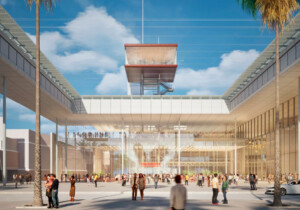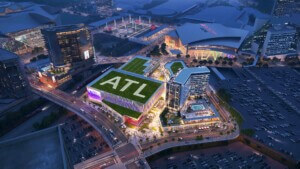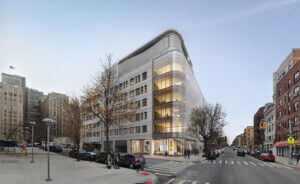On April 4 and 5, Facades+ is returning to New York for the eighth year in a row. Organized by The Architect’s Newspaper, the New York conference brings together leading AEC practitioners for a robust full-day symposium with a second day of intensive workshops led by manufacturers, architects, and engineers.
Doriana and Massimiliano Fuksas, and Toshiko Mori are respectively leading the morning and afternoon keynote addresses for the symposium. In between the keynote addresses, representatives from Renzo Piano Building Workshop, Permasteelisa, Cooper Union, Gensler, Heintges, Atelier 10, Transsolar, Walter P. Moore, Schüco, Frener & Reifer, and Behnisch Architekten, will be on hand to discuss recently completed innovative projects.
New York-and-Frankfurt based practice 1100 Architect is co-chairing the conference. In anticipation of the conference, 1100 Architect’s Juergen Riehm sat down with AN to discuss the firm’s ongoing work, the conference’s program, and trends reshaping New York City’s built environment.
The Architect’s Newspaper: It is safe to say that New York City is undergoing a tremendous period of growth. What do you perceive to be the most exciting trends within the city?
Juergen Riehm: You’re right; New York City is undergoing big change and growth. I would say that one of the big drivers of that change—and one of the exciting trends—is the investment in the city’s public spaces. There has been such transformation along the waterfronts and in parks across all five boroughs, and that has really catalyzed growth. We have worked with several city agencies for many years and in different ways, including with the Department of Parks & Recreation, which has been an exciting partnership, contributing to these changes. One of the projects we currently have in design for NYC Parks is a new community center in East Flatbush, Brooklyn. There, we are designing a 33,000-square-foot community center. The facade will perform in a number of ways. Since it is a community center, we want it to be as open and transparent as possible, and it also needs to be robust and durable. The building is on track to meet the city’s new sustainability standards LL31/32 and LEED Gold.
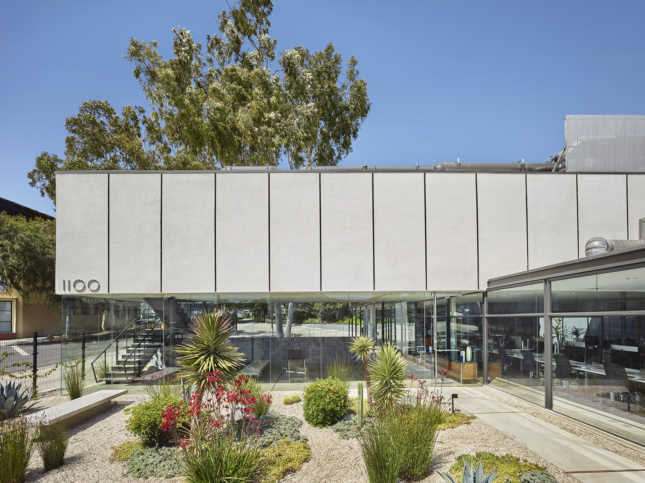
There has been so much attention on new large-scale developments like Hudson Yards or the supertall towers in Midtown, but one of the other exciting trends right now is the renewed attention on optimizing the performance of existing buildings. It is something we will address during Facades+ NYC, but there is great work happening now on restorations of historic buildings—at the Ford Foundation or the United Nations, for example—that not only addresses decades of wear and tear, but that also brings these structures up to full 21st-century performance standards.
AN: 1100 Architect is based in both New York and Frankfurt. What are the greatest benefits of operating a trans-Atlantic practice?
JR: Our practice has always been deeply rooted in New York—just as it has also always had an international footprint. From our earliest days, we delivered projects overseas, so it seems like part of 1100 Architect’s DNA to have an ongoing dialogue with other geographies. We launched our Frankfurt office about 15 years ago, and, as you suggest, it does bring benefits. In general, we find that it has a reciprocal sharpening effect, with each location informing the other with different materials, technologies, and delivery methods.
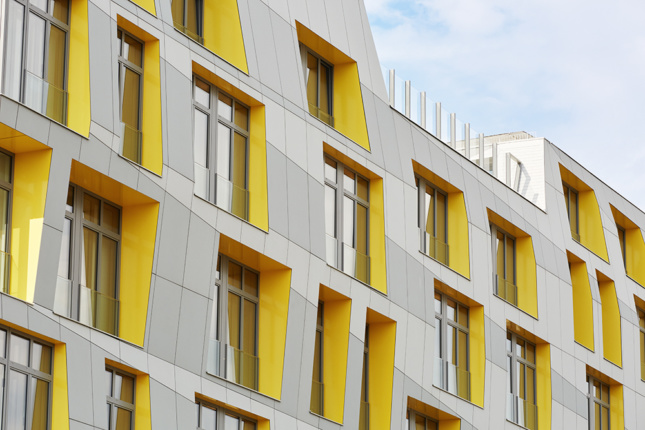
AN: Which projects are 1100 Architect currently working on, or recently completed, that demonstrate the firm’s longstanding demonstration of sustainable enclosures?
JR: Well, the NYC Parks community center in East Flatbush is a good example. It’s an exciting project in many ways—including the fact that we are designing it to the City’s new LL31/32 sustainability standards. In every way, we are really pushing for optimal performance, and the high-performance envelope plays an integral role toward that end. We were recently awarded a contract with the U.S. Department of State, so we are poised to begin working on diplomatic facilities around the world, so the safety and security of facade systems will be a paramount consideration. In Germany, we are renovating a 19,000-seat soccer stadium and adding a new training facility, using an innovative and high-performance channel-glass facade. We recently completed a Passive House–certified kindergarten there, too, which involved a high-performance facade.
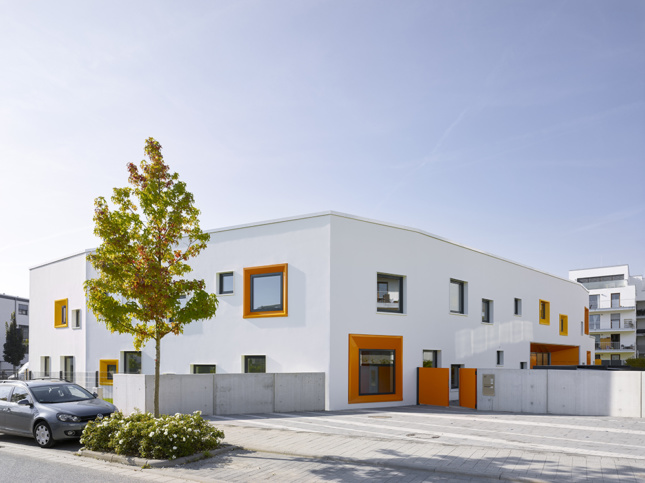
AN: Are there any techniques and materials used in Germany or the EU that should be adopted in the United States?
JR: In Germany, I find that there is a more closely integrated relationship between government, the building industry, and the architectural profession. With environmental standards, for example, the goals set by the government are quite ambitious, and it has resulted in a closely integrated process of meeting those goals. In this moment of deregulation in the U.S., it seems like a good time to consider the value of the government’s role in moving toward energy efficiency.
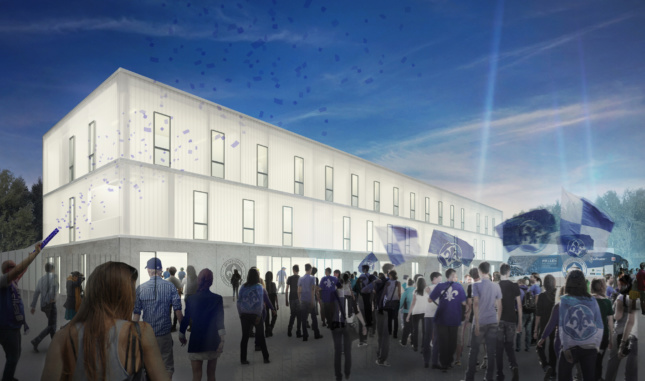
AN: Where do you see the industry heading in the coming years?
JR: By necessity, I see it moving toward higher standards of energy performance. Climate science is calling for it and the marketplace is increasingly looking for it, so the architecture and building industry will need to deliver. And as I mentioned at the start of this conversation, I also think there will be a lot of focus on updating existing buildings to enhance performance.
Further information regarding the conference can be found here.









